Here he is – our great Chancellor – a man with a plan. Buffoon Osborne’s great plan is that he’s going to “build for Britain”.
For this dope, “building for Britain” means creating a new garden city on some marshland and an old quarry site just beside a river at Ebbsfleet. Here’s the site of George’s marvellous new garden city.
While I don’t like to p*ss on Osborne’s parade, I see a few possible problems. For a start, I thought the recent floods had taught us that building houses on marshland beside a river�isn’t such a great idea as rising water levels after rain may mean George’s new garden city could soon resemble Venice, but with rabbit-hutch sized houses and submerged cars rather than magnificent palazzi and gondolas.
But the biggest problem is in “the numbers”. George’s garden city will apparently have 15,000 new homes. Hooray for George! An amazing 15,000 new homes! Housing crisis solved! What a genius!
But hold on a minute, if there are an average of�three people in each of these homes, then that’s 45,000 people housed.�Yet every month 46,000 to 50,000 new immigrants arrive in Britain. So, we actually need one of George’s wonderful garden cities to be built every 30 days – not one every 30 years -�if we’re going to house all the culturally-enriching, highly productive, hard-working�folk that our leaders are importing to please their EU masters and destroy Britain’s identity and heritage.
So, George isn’t “building for Britain”. He’s building for immigrants, of course�using our money. But he’s not building fast enough. Remember, we need a new 15,000-home garden city every single month. Yup, a new garden city every month. Hopefully this gives some idea of the�massive scale of immigration�that�is turning our country into a squalid,�overcrowded, grey, concrete, Third-World hell-hole.
Oh, George’s great plan doesn’t look so great after all.

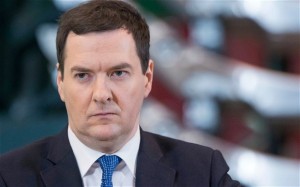
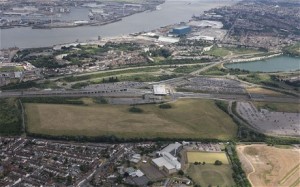
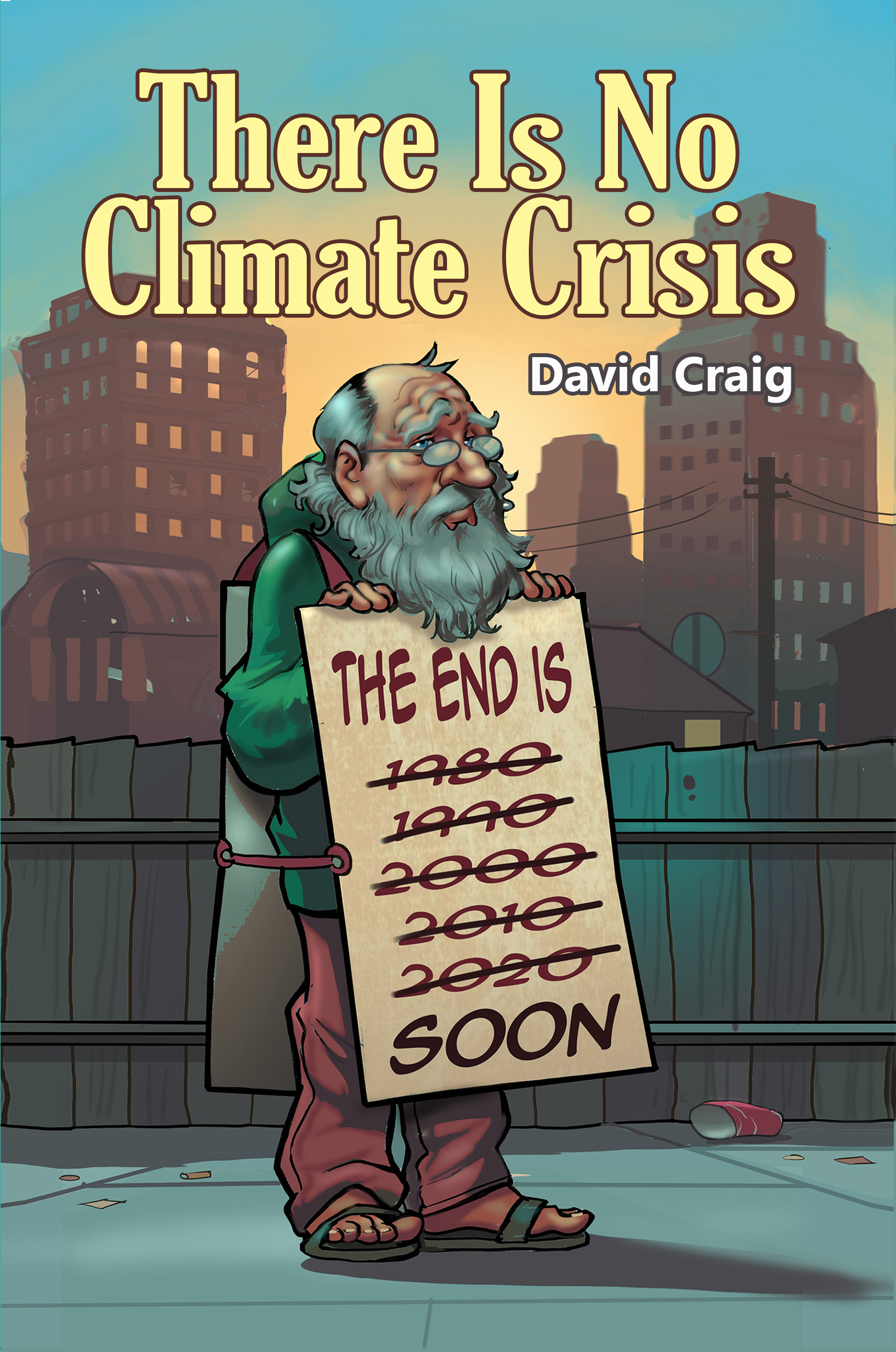
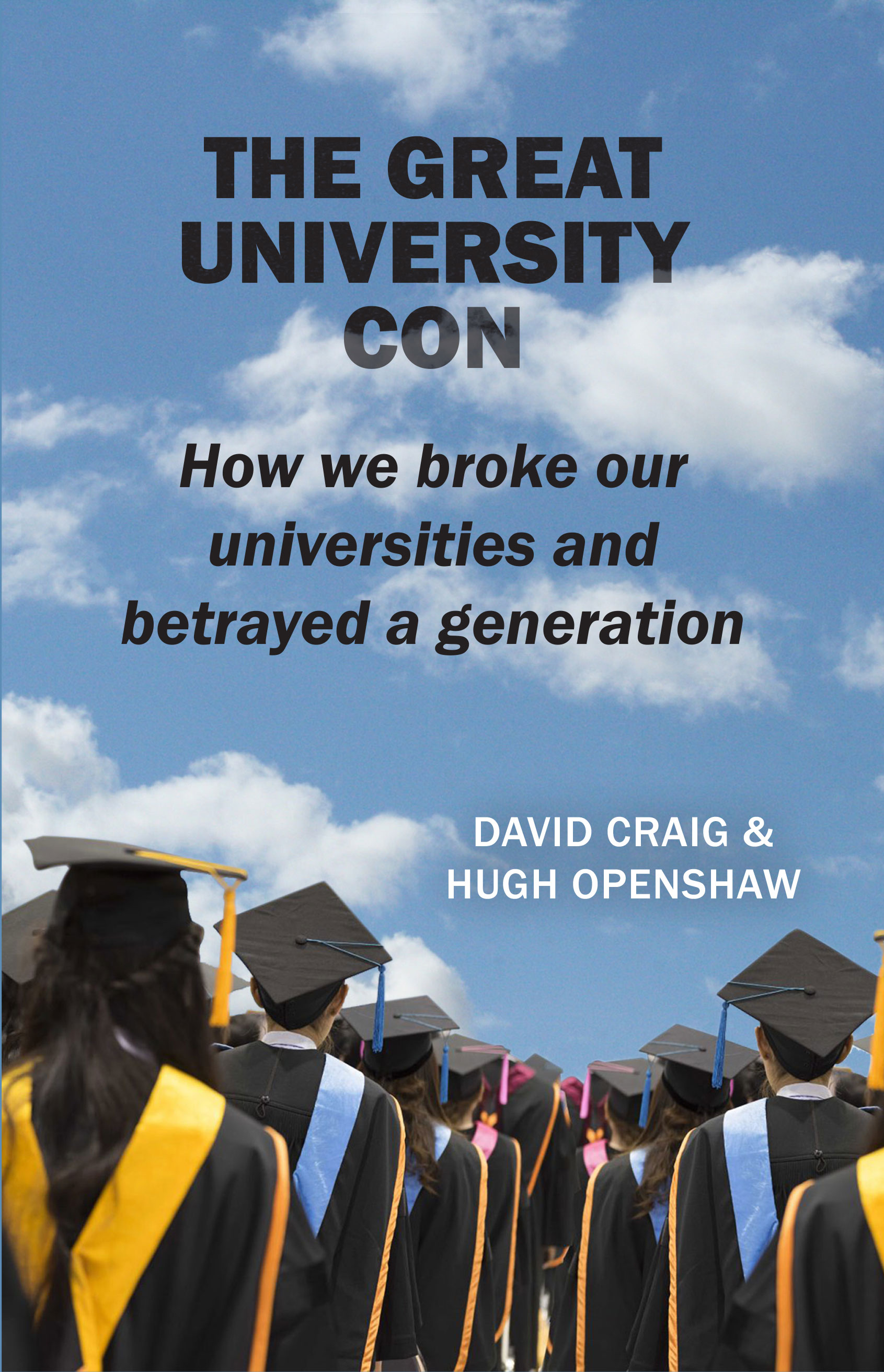



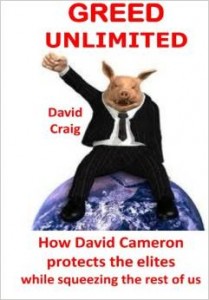
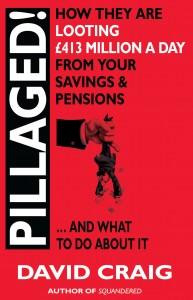






http://www.dailymail.co.uk/news/article-2583243/Islamic-teacher-sexually-abused-girl-11-taught-Koran-spared-jail-hes-benefits-wife-doesnt-speak-English.html
Perhaps this splendid chap can live there?
The figures for house building will of course be used to show economic growth . Just as all the migrants are used to create a false figure of economic growth . Few are involved in producing export goods. In fact the migrants added to our population add to our import of manufactured goods as the migrants buy food much of which is imported , they buy lots of stuff which is imported mobile phones as an example. The add to our energy imports. Yes migrants make the UK economy appear to grow. They do not reduce the UK trade deficit they add to it.
Off topic – I do not think the author of this site will make much from book sales simply because books in the political and factual area are being replaced by online. The internet gives so much for free even pay to view porn can not compete with all the free stuff.
Better to attract more visitors to this site and seek out paid adds. Money week with there economic doom ad might be interested .
Sorry house prices are largely nothing to do with how many houses are built. It’s almost entirely to do the way the banks create money, the vast majority of money created goes not into business investment but to allowing people to borrow ever larger amounts of money to chase up e housing prices. Only the banks benefit from larger profits from the interest.
Go read posotive
Sorry, house prices are largely nothing to do with how many houses are built. It’s almost entirely to do the way the banks create money, the vast majority of money created goes, not into business investment, but to allowing people to borrow ever larger amounts of money to chase up the housing prices. Only the banks benefit from larger profits from the interest.
Go read
https://www.positivemoney.org
I’ve just read Positivemoney and what they actually say is: “Many of us were told that house prices are so high because there are too many people and not enough houses. While this is true, house prices have also been pushed up by the hundreds of billions of pounds of new money that banks created in the years before the financial crisis”.